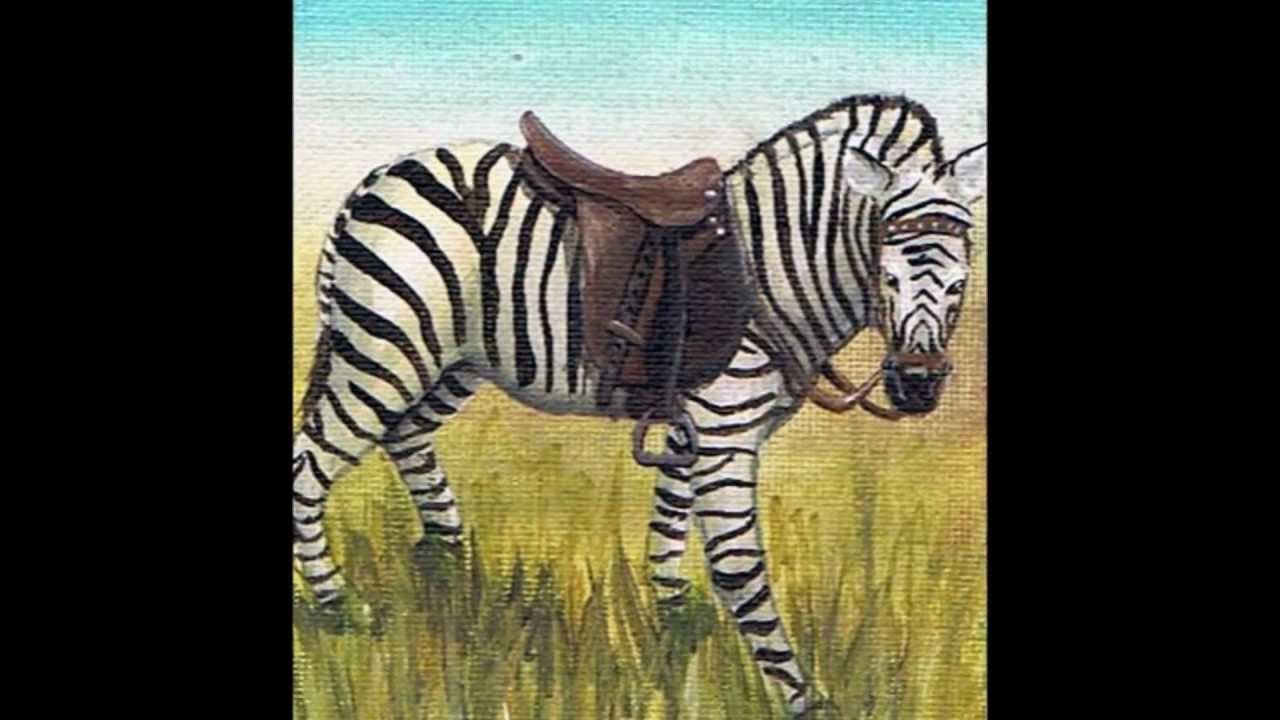Last Updated on April 2, 2023
This creative NCEA Level 3 Painting folio gained an Excellence (the top grade available) in 2009. It was completed by Courtney Harland, while studying NCEA Art at Long Bay College, Auckland, New Zealand. NCEA Level 3 Painting is the New Zealand equivalent of A2 Art & Design (Painting & Related Media). Assessment methods and quantity of work required differ between the two qualifications, however the development of ideas, acquisition of skills and learning processes undertaken are the same. The NCEA Art exemplars that are included on this site will thus benefit A Level Art and other high school Art students.

Based on a Wild versus Domestic theme, Courtney’s paintings focus on how wild animals are brought – at times inadvertently – into our domesticated lives. Courtney depicts current and historical human interactions with wildlife, proposing a ‘potential future where the word “wild” no longer has any context in the neat confines of the modern home’. A creative and intelligent submission, Courtney’s work illustrates an original and personal take on an animal-based theme.

Courtney describes her early works as ‘traditional representation of wild animals‘. Initially creating realistic drawings and paintings of wild animals in their natural environment, Courtney records details, proportions and forms with a high level of accuracy, working from photographs collected from the internet and books. Although art examiners are wary of students drawing from photographs (as this can encourage slavish replication without engaging the critical faculties and also invoke copyright issues when photographs are taken by someone else) Courtney’s submission is an excellent example of how to use second hand imagery. Inspired by Henri Rousseau, a French painter whose jungle paintings were fabricated from imagery from books, botanical gardens, taxidermied animals and the stories of worldly soldiers, Courtney pieces together imagery to create complex, surrealist paintings that differ vastly from their source material.
The progression of the boards shows the creatures becoming more and more incorporated into our unnatural world; partly through traps and snares or deforestation – affects we are aware of creating – but also through almost subconscious actions of assimilating wild creatures into our homes and gardens as toys, decorations and pets, thus detracting from their image and status as what we declare “wild”. – Courtney Harland


Courtney develops her ideas with reference to Henri Rousseau and other fantasy / wildlife artists such as Tammara Markegard, Jennifer Miller and Christian Riese Lassen. Compositions remain busy and complex, with patterns and surface textures (foliage/fur/wallpaper etc) remaining integral elements throughout the folio. Impasto is used to exaggerate textured areas, as well as tissue paper (glued on and then painted over), while gel medium creates a glint and shine on water. Most works are acrylic on card or canvas, however a range of other mediums are also used, including fake leather and feathers which are painted and then attached to the works. (NOTE: Candidates who post work to another country for assessment are unable to include feathers within their work, as Customs requirements do not permit the postage of animal products).

Courtney explains, ‘Towards the end of the folio we enter a distinctly colonial-human theme with structured gardens, furnishings and houses. This brings forth the theme of colonisation; how man moved across the world and adapted it to his interests‘.

A creative young artist and designer, Courtney Harland is a talent to watch.
Interested in viewing more exemplary artwork completed by students from a range of high school Art qualifications, such as IGCSE, GCSE, A Level, IB and AP Studio Art? Please view our collection of Featured Art Projects!


